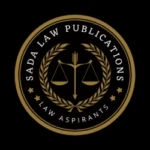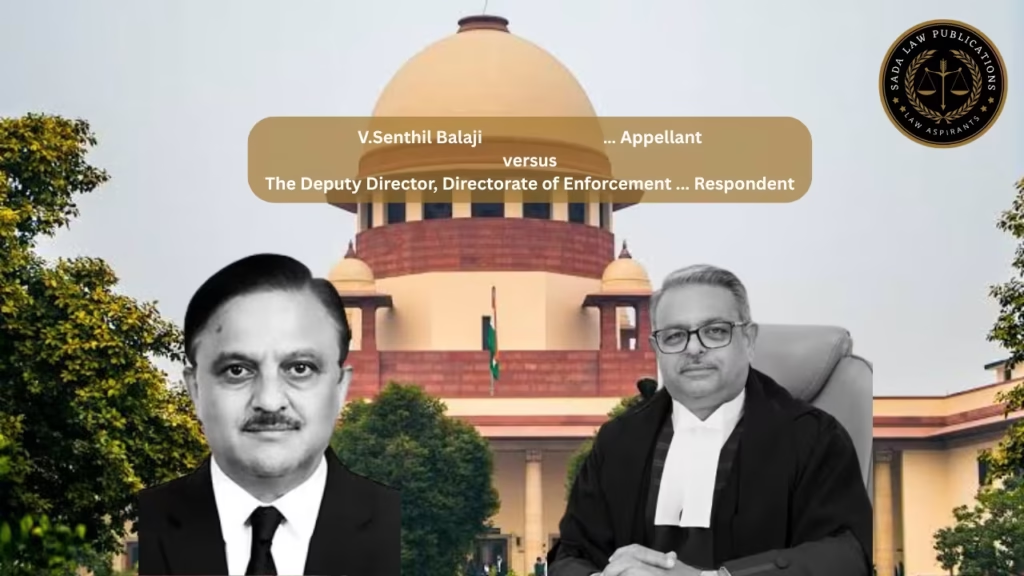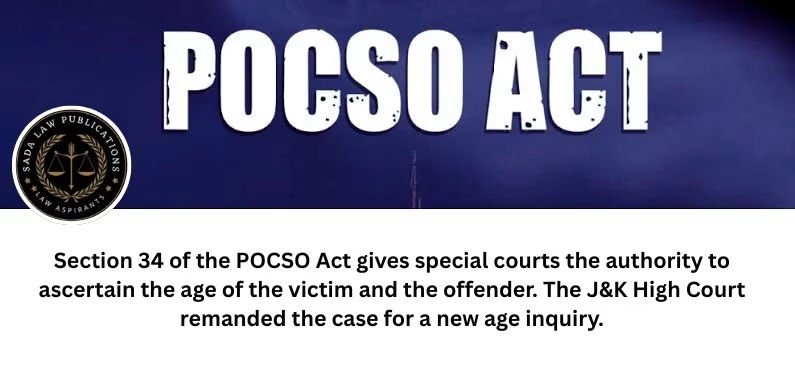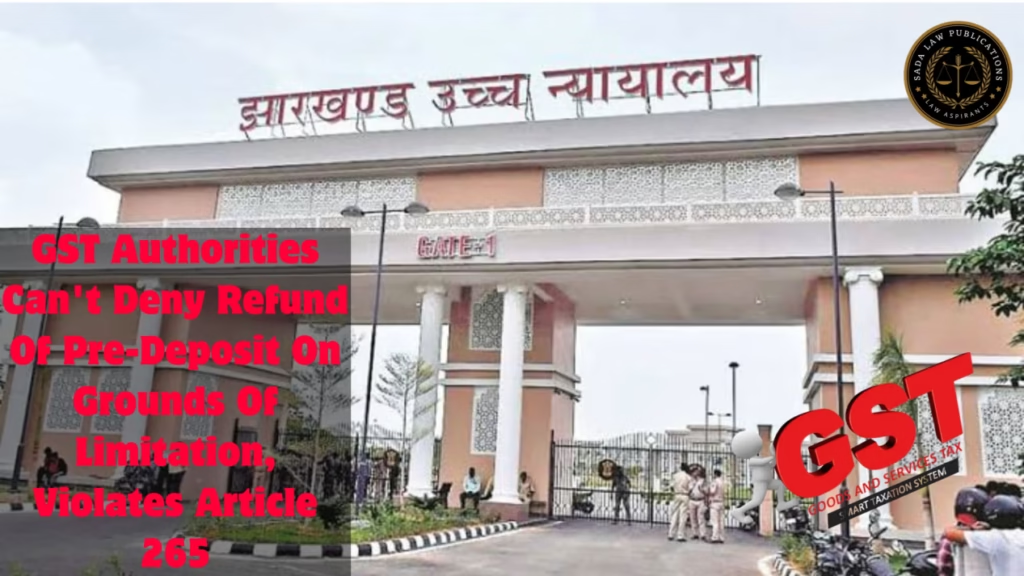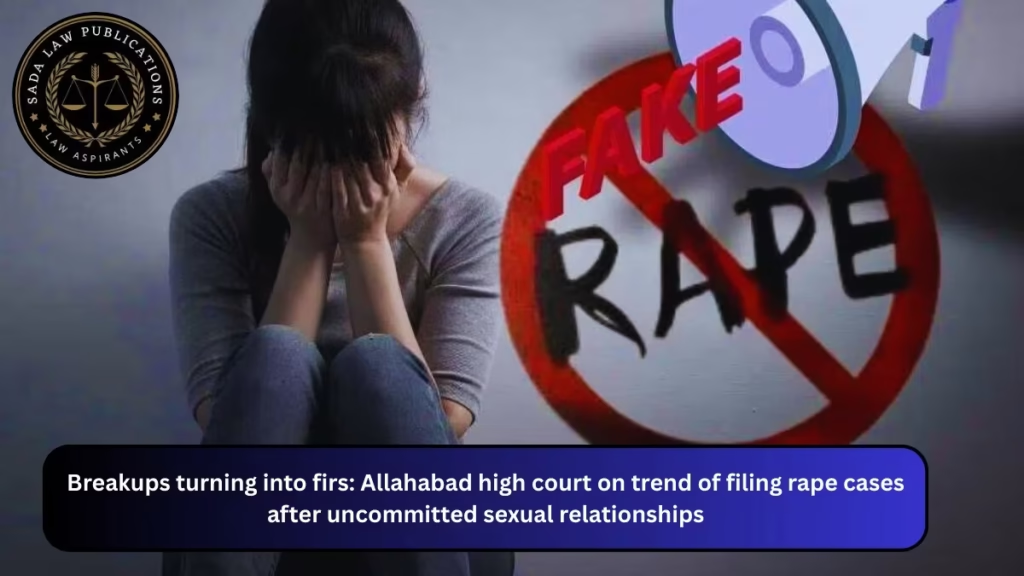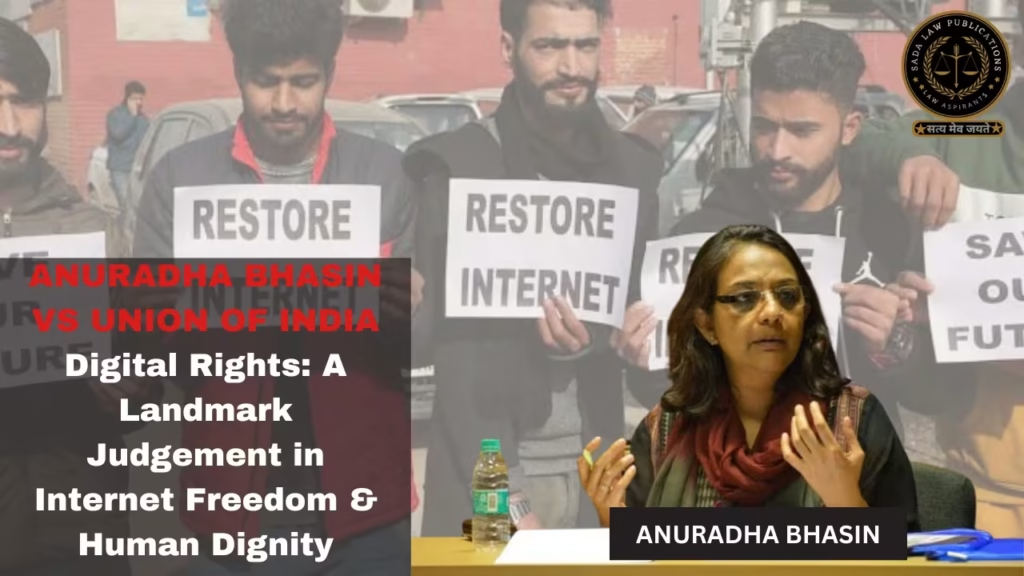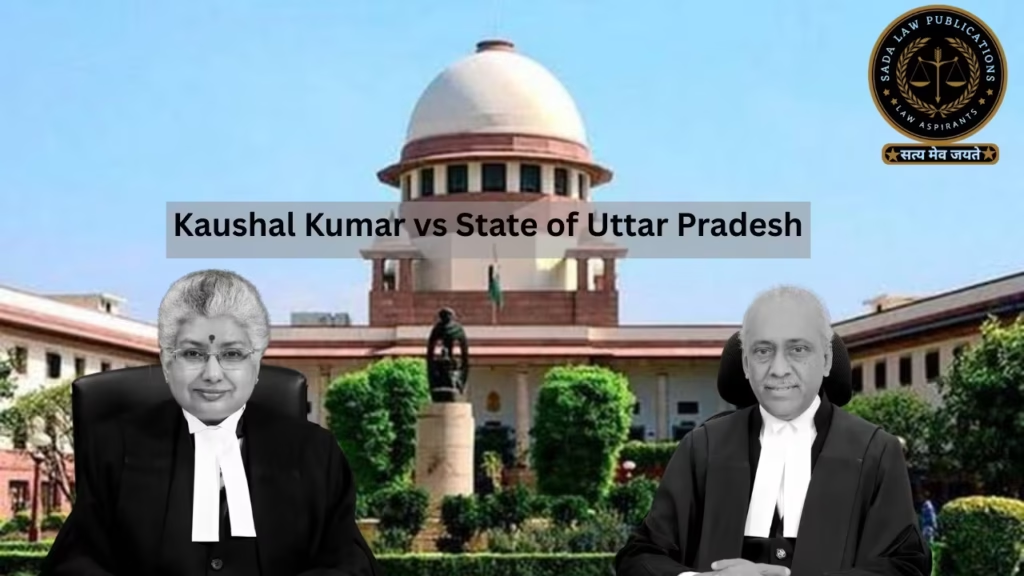Power of Constitutional Courts in Granting Bail for Offenses with Stringent Bail Conditions: A Case Analysis of V. Senthil Balaji vs The Deputy Director
Trending Today Supreme Court Overturns Remission in Bilkis Bano Case: 2002 Gujarat Riots Convicts Ordered Back to Jail Supreme Court Grants Chhattisgarh State Option to Seek Case Transfer Amid Heated Liquor Scam Hearing Byju’s Withdraws Supreme Court Petition on Aakash Ownership: Karnataka HC Ruling Stands Supreme Court Affirms Group of Companies Doctrine: Non-Signatories Can Be Bound by Arbitration Agreements Punjab & Haryana High Court Orders Removal of Unauthorized Gurudwara and Temple in Kharar Punjab and Haryana High Court Questions POCSO Court on Victim’s Surrender as Prosecution Witness in Rape Case Supreme Court Demands Action from CAQM Over Bandhwari Landfill Fires in Gurugram Supreme Court Upholds TDS on Salaries of Christian Nuns and Priests, Dismisses Review Petitions Actor-Activist Sushant Singh Moves Supreme Court to Transfer Petition Challenging IT Rules Petition Amid Social Media Blocking Dispute. Supreme Court Reviews J&K’s Plea Against HC Order Halting Detention of Alleged Overground Worker Amid Pahalgam Terror Attack Power of Constitutional Courts in Granting Bail for Offenses with Stringent Bail Conditions: A Case Analysis of V. Senthil Balaji vs The Deputy Director NITU KUMARI 04 May 2025 In a landmark 2024 ruling, the Supreme Court of India granted bail to Senthil Balaji under the Prevention of Money Laundering Act, 2002 (PMLA), emphasizing the primacy of Article 21 and the right to a speedy trial over stringent statutory bail conditions. Case Overview – Senthil Balaji vs The Deputy Director, Directorate of Enforcement Date of Judgment: September 26, 2024Case Citation: 2024 INSC 739Jurisdiction: Supreme Court of IndiaBench: Abhay S. Oka Augustine G. Masih This criminal appeal addressed a critical question: Can constitutional courts override strict statutory bail restrictions when prolonged detention infringes on fundamental rights under Article 21? Factual Background Allegations and Arrest Senthil Balaji, a former Minister for Transport in Tamil Nadu, was accused in a massive recruitment scam. FIRs were registered under Section 120B (criminal conspiracy) and Section 420 (cheating) of the Indian Penal Code, and under provisions of the Prevention of Corruption Act, 1988. The Enforcement Directorate (ED) registered an ECIR under Section 3 of the Prevention of Money Laundering Act, 2002, treating the IPC offenses as scheduled offenses. Timeline of Legal Proceedings July 29, 2021: ECIR filed by ED. June 14, 2023: Senthil Balaji arrested. February 28, 2024: Madras High Court denied bail. September 26, 2024: Bail granted by the Supreme Court of India. Key Legal Issues Does prolonged detention violate the right to life and personal liberty under Article 21? Can constitutional courts override stringent bail requirements under Section 45 of the PMLA? Is there a real risk of tampering with evidence or influencing witnesses if bail is granted? Supreme Court’s Observations and Ruling The Court stressed that constitutional protections under Article 21 cannot be denied due to statutory bail hurdles when there is a clear violation of the right to a speedy trial. Key Findings (Ratio Decidendi) Excessive pre-trial detention is a breach of Article 21. Courts must prioritize constitutional guarantees over procedural limitations when trials are indefinitely delayed. Statutory bail conditions under PMLA must be balanced with personal liberty and justice. Bail Conditions Imposed ₹25 lakh bail bond with two sureties. Surrender of passport to the Special Court under PMLA. No contact with witnesses. Mandatory appearance twice a week at the ED office in Chennai. Bail subject to cancellation if witness tampering or delay tactics are attempted. Obiter Dicta The Court observed that stringent laws should not be misused to extend pre-trial incarceration, and courts must prevent legal provisions from turning into instruments of punishment. Significance for Indian Bail Jurisprudence This judgment reinforces the idea that bail is the rule, jail is the exception, especially under prolonged trial conditions. It confirms: The supremacy of constitutional rights over stringent statutory conditions. Judicial discretion remains crucial in ensuring fairness and liberty. Even under tough laws like the PMLA, courts can intervene to protect individual rights. Conclusion In Senthil Balaji vs ED, the Supreme Court of India made it clear that constitutional courts have the inherent power to grant bail in exceptional cases, even where laws like the PMLA impose stringent conditions. This case sets a critical precedent for maintaining the balance between national interest and personal liberty. Leave a Reply Cancel Reply Logged in as Sadalaw Publications. Edit your profile. Log out? Required fields are marked * Message* Case Laws Supreme Court Overturns Remission in Bilkis Bano Case: 2002 Gujarat Riots Convicts Ordered Back to Jail Supreme Court Overturns Remission in Bilkis Bano Case: 2002 Gujarat Riots Convicts Ordered Back to Jail Sada Law • May 4, 2025 • Case law • No Comments Supreme Court Affirms Group of Companies Doctrine: Non-Signatories Can Be Bound by Arbitration Agreements Supreme Court Affirms Group of Companies Doctrine: Non-Signatories Can Be Bound by Arbitration Agreements Sada Law • May 4, 2025 • Case law • No Comments Power of Constitutional Courts in Granting Bail for Offenses with Stringent Bail Conditions: A Case Analysis of V. Senthil Balaji vs The Deputy Director Power of Constitutional Courts in Granting Bail for Offenses with Stringent Bail Conditions: A Case Analysis of V. Senthil Balaji vs The Deputy Director Sadalaw Publications • May 2, 2025 • Case law • No Comments 1 2 3 … 5 Next »
